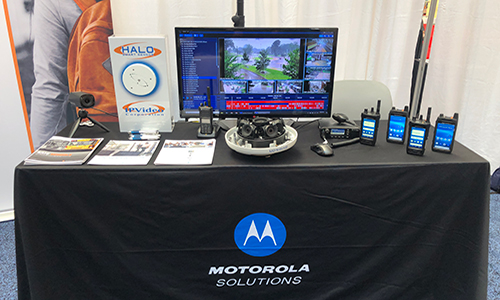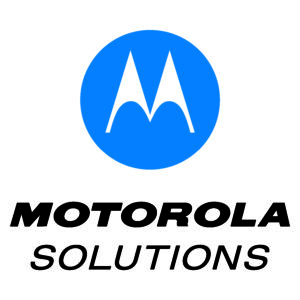In nature, an ecosystem is defined as a biological community of interacting organisms and their physical environment. Each component must work together in order for an ecosystem to thrive. Campus security isn’t really all that different when you think about it.
While K-12 schools and college campuses have many security systems in place, including video surveillance, access control, and radio communications, they don’t always work together, keeping the school safety “ecosystem” from reaching its full potential.
At the Campus Safety Conference (CSC) at EDspaces, we spoke to Randy Welch, business development director for Motorola Solutions’ education vertical, about how security systems working together in one ecosystem are much more effective and cost-saving than siloed systems.
Motorola recognized the dire need for such a system in schools, which is why Orchestrate, a cloud-based business workflow automation tool, was created.
“Just to put that into real-life perspective, we can have a situation right now where you have a [door forced open]. You have it alarmed; you want to be notified when that door opens. Through ‘safety reimagined’ and our Orchestrate software, we know that camera is going to turn on, and so now you’re going to capture that [incident],” Welch said. “At the same time, we’re going to get a message to go directly to your Motorola radios. So now your SRO, your security guard, your campus police — whoever they are — are going to get that immediate notification that something is going on and can respond in real-time.”
Prior to joining Avigilon, which was acquired by Motorola Solutions in 2018, Welch served for more than 20 years as a school psychologist, special education director, and program officer, giving him a unique purview into what educators are facing when it comes to campus safety and security.
“I spent 20 years in education and wish I had this technology there,” he said. “I can’t tell you the number of issues that I dealt with well after-the-fact that had I been able to respond to in real-time, would not have been as severe, injuries that wouldn’t have happened, thousands of dollars worth of damage that wouldn’t have happened, and I know everyone looking at this video has had the exact same situation pop up.”














